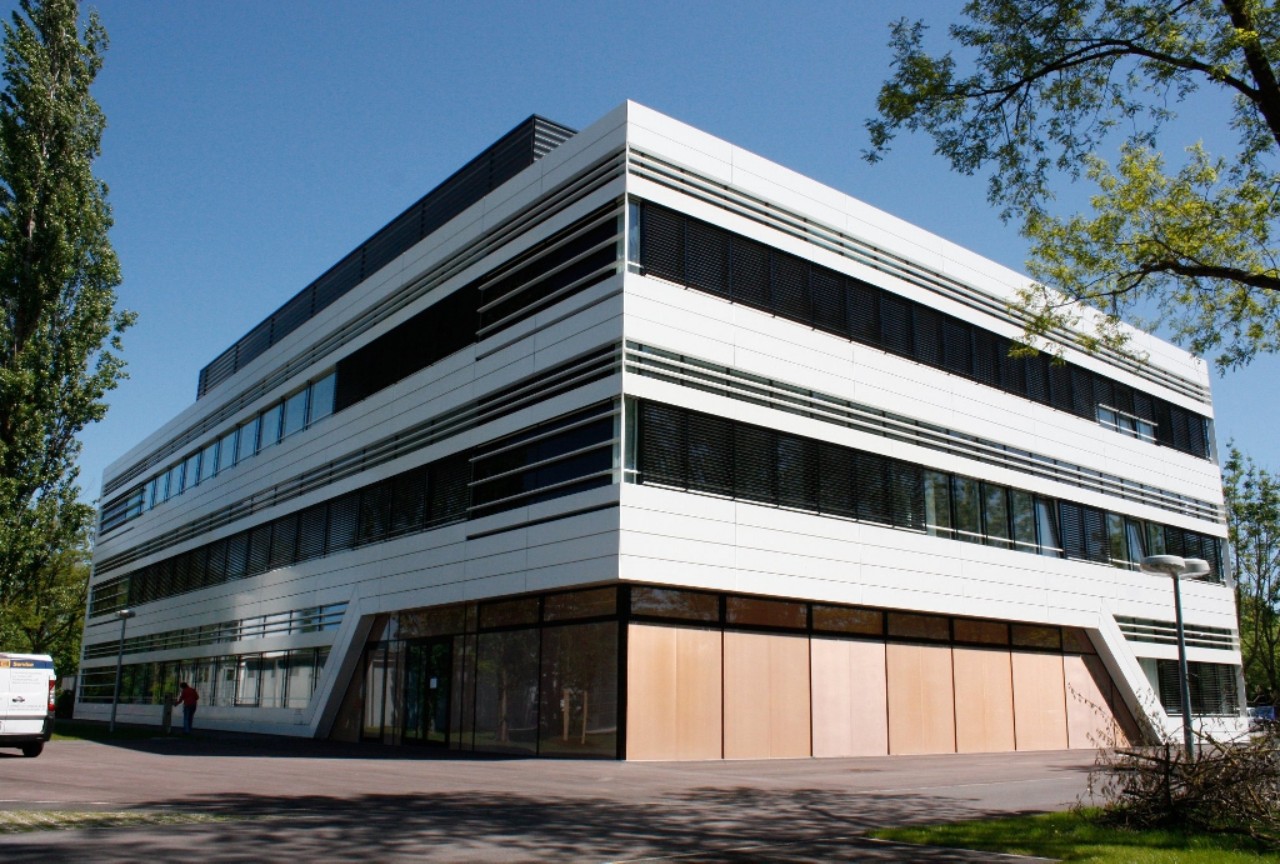4 February 2020
from 13:00
Time-resolved magneto-spectroscopy of interlayer excitons in hBN-encapsulated TMDC heterostructures
Address / Location
ZNN | Seminar Room EG 0.001
Am Coulombwall 4
85748
Garching
Show Map
Hide Map
Time-resolved magneto-spectroscopy of interlayer excitons in hBN-encapsulated TMDC heterostructures
Prof. Dr. Tobias Korn | Universität Rostock, Germany
Abstract
Transition-metal dichalcogenide (TMDC) monolayers are direct-gap semiconductors with peculiar spin-valley coupling. They are characterized by inequivalent valleys at the corners of the Brillouin zone (K points), which can be selectively excited via circularly polarized light. Combining two different TMDCs, such as MoSe2 and WSe2, leads to a type-II band alignment, so that optically excited electron-hole pairs form interlayer excitons (IEX). Encapsulating such a heterobilayer in hexagonal boron nitride (hBN) suppresses inhomogeneous broadening and allows spectroscopic observation of subtleeffects.Given that the band extrema of the TMDC layers are at the corners of the Brillouin zone, their relative crystallographic alignment (twist angle) is crucial for engineering momentum-space-direct interlayer transitions, and there are two possibilities giving rise to optically bright IEX recombination. In the aligned structure, interlayer transitions between the MoSe2 conduction band and the WSe2 valence band K valleys with the same valley index are direct in reciprocal space. In the anti-aligned structure, interlayer transitions between valleys with different indices are k-space direct. This strongly modifies the energetic splitting of IEX photoluminescence (PL)emission in a magnetic field. I will present and discuss recent magneto-PL experiments of IEX in several hBN-encapsulated MoSe2-WSe2 heterobilayers with different crystallographic alignment performed in fields of up to 30 Tesla. We observed that the effective g factor in our structures is controlled by the twist angle, which influences its magnitude and sign. The valley polarization dynamics in our structures are also remarkably different depending on the twist angle. Additionally, we study the valley-averaged shift of the IEX emission in a magnetic field. Surprisingly, we can identify an IEX transition which has a pronounced negative shift, in direct contrast to the typical, positive diamagnetic shift of excitons in a magnetic field.
Seminar info leaflet
